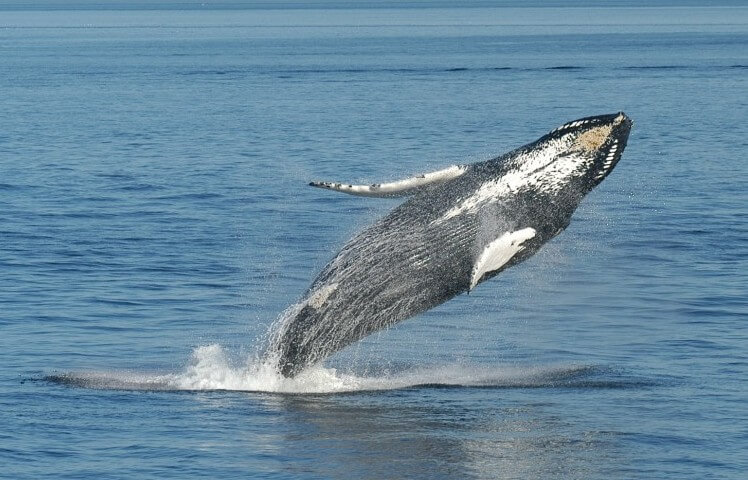The laryngeal sac is a structure found in baleen whales, but also in many other mammals, including primates (but not humans!). Lying between the mouth and the trachea, it is a cavity associated with the larynx and can serve as an air reservoir. The laryngeal sac is surrounded by muscles and its volume can change based on the contraction or relaxation of these muscles. There are two hypotheses regarding the function of this structure, which is still the subject of debate amongst scientists.
Soundbox
In baleen whales, the laryngeal sac might help to produce and amplify sounds. Changes in the sac’s volume make it possible to alter the nature of the sounds produced. This hypothesis is supported by a similar structure found in frogs that allows them to produce their characteristic songs. Monkeys are also thought to use their laryngeal sac to howl without hyperventilating. This animation by Stephanie Sardelis and Boniato Studio on whale songs present the hypothetical mechanism of the laryngeal sac in sound production in humpback whales.
Dive control
Baleen whales might also use their laryngeal sac to control their buoyancy during dives. To do so, the whale can close off the passage between the laryngeal sac and the lungs, trapping a certain amount of air in the laryngeal sac. The animal can then reduce the volume of the laryngeal sac, which compresses the air and increases the pressure. The front part of the whale’s body becomes “denser” than the rear, allowing it to dive. To resurface, the animal could do the opposite by increasing the volume of the sac. This physiological adaptation is similar to the swim bladder in fish, a diverticulum associated with the esophagus that allows them to adjust their buoyancy.





